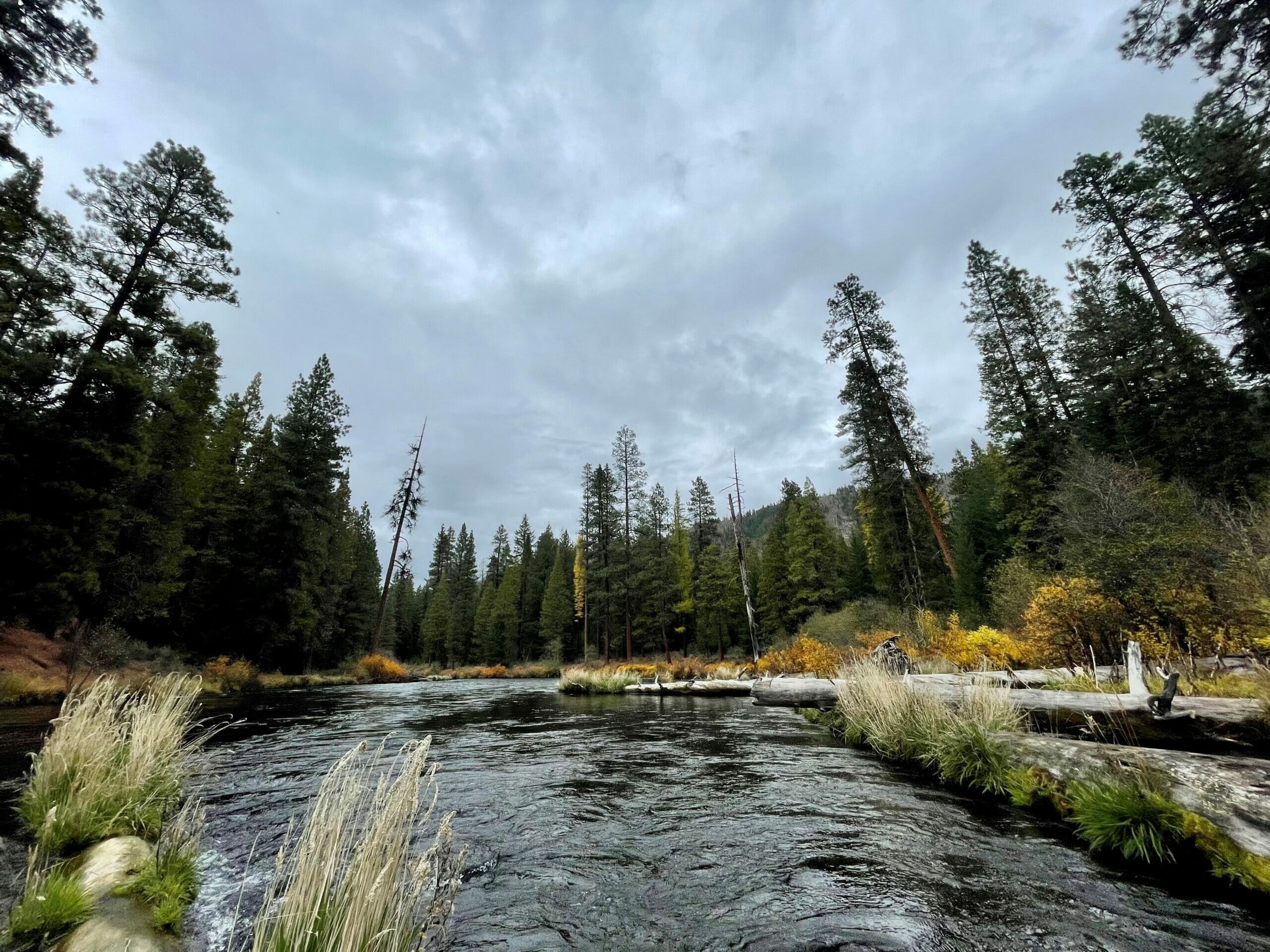Education and restoration overlap in Darek Staab’s projects along a spring-fed watershed in Central Oregon
In the heart of central Oregon lies the Metolius River, a key tributary of the Deschutes River and one of the largest spring-fed rivers in the United States. The Metolius flows for 29 miles through the Deschutes National Forest and along the Confederated Tribes of Warm Springs Reservation before entering Lake Billy Chinook, the massive reservoir impounded by the Round Butte Dam.
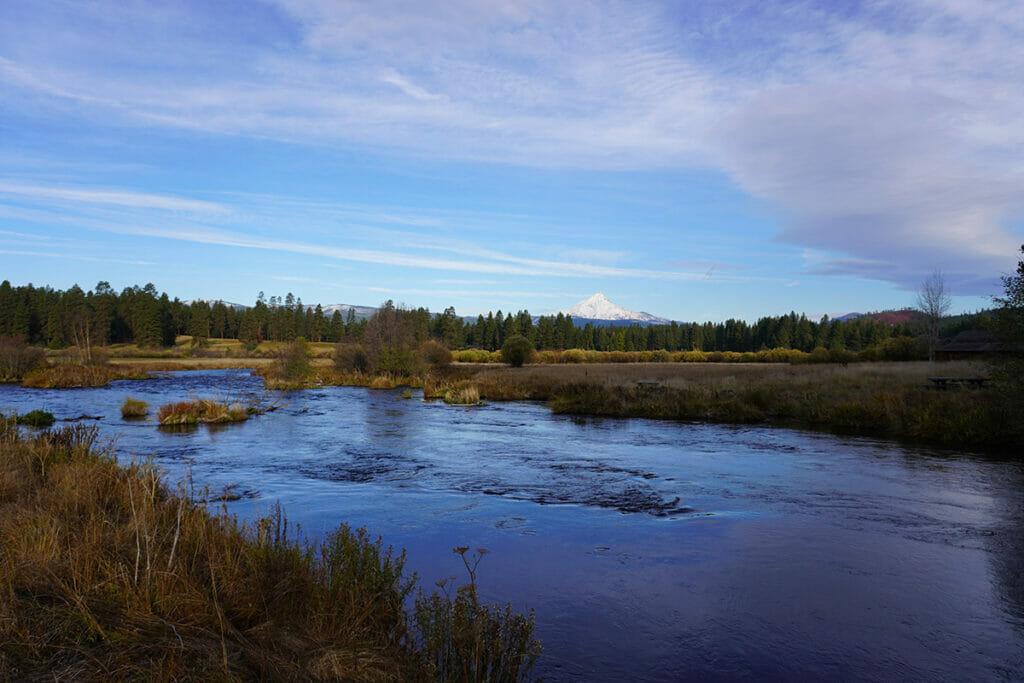
The Metolius was designated as a Wild and Scenic River in 1988 and is celebrated for its clean, cold water. It is home to several species of native fish including redband rainbow trout, bull trout, kokanee salmon and mountain whitefish. Historically, the Metolius was an important spawning and rearing tributary for sockeye and spring-run Chinook salmon and both species have recently been reintroduced in an effort to reestablish their populations. The watershed is home to osprey, northern spotted owl, elk, black bear, and even a new pack of wolves. The basin is made up of stands of old growth ponderosa pines, steep gorges, and open meadows with beautiful views of Oregon’s Cascade Mountains.
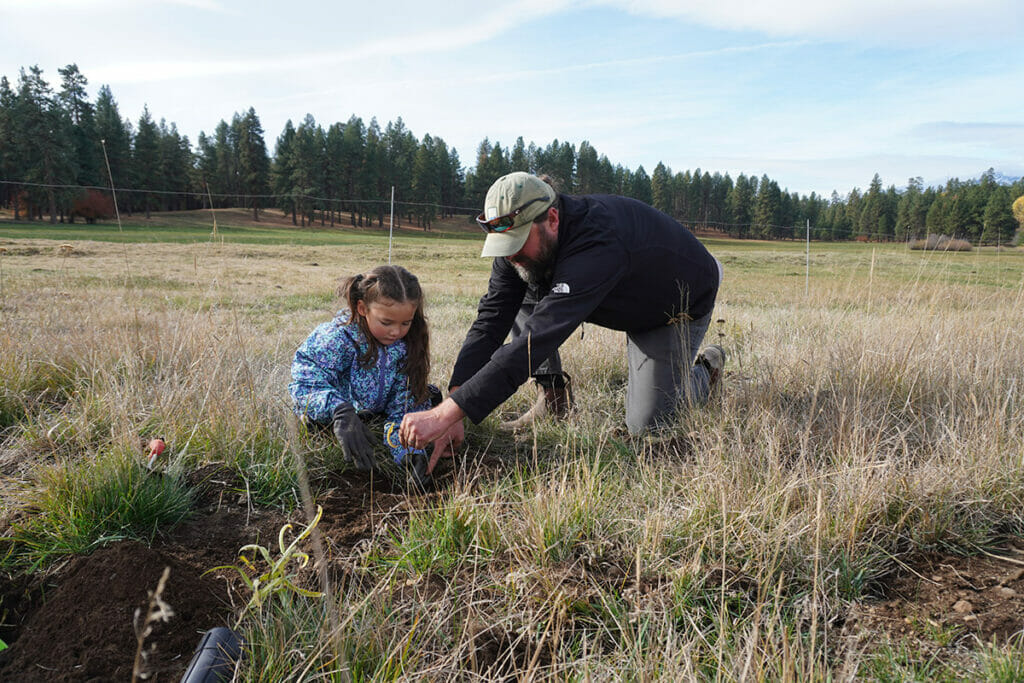
The watershed’s remarkable natural values and proximity to central Oregon’s population centers make the Metolius a popular spot for recreation. On a typical day, the basin hosts hikers and birders on its trails, paddlers seeking out the river’s whitewater sections and families enjoying the numerous campgrounds scattered throughout the basin.
The river is regulated as fly fishing only and attracts anglers seeking the perfect swing run with a trout spey rod or deep hole for nymphing. Exceptional water quality means aquatic insect populations thrive here. As a result, the Metolius is a dry fly enthusiast’s paradise, with a prolific green drake hatch in the spring and October caddis in the fall.
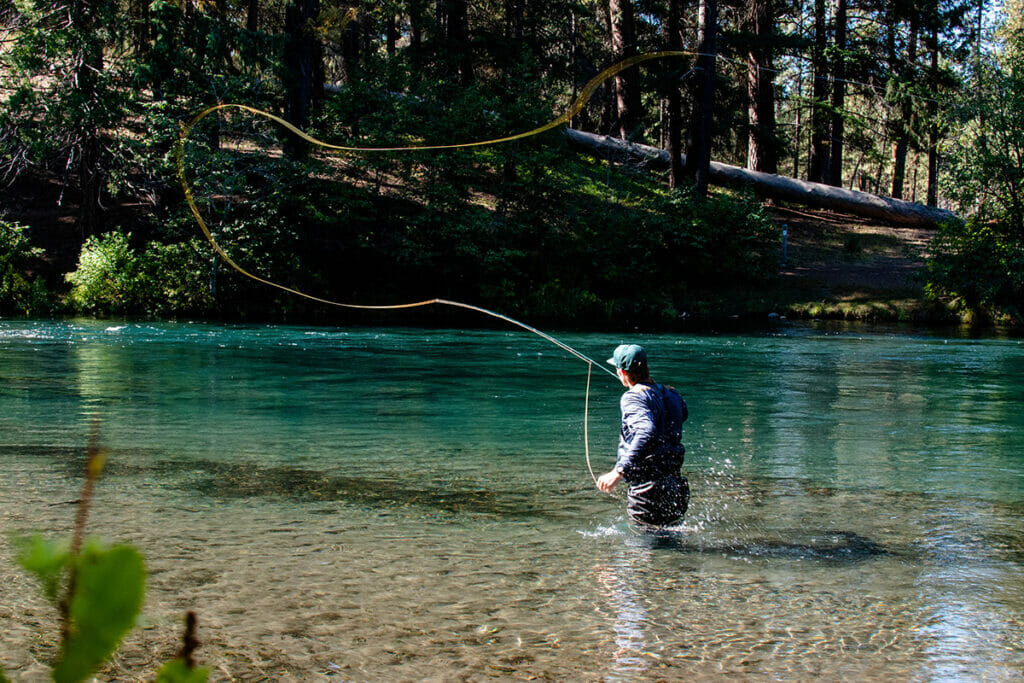
Education and Restoration on the Metolius
Like many Americans during the pandemic, Oregonians sought out connections to nature and participation in outdoor recreation activities during a time of stress and anxiety for many. Places like the Metolius River basin experienced increased numbers and frequency of visitors. This additional traffic led to new, unsanctioned access roads and social trails being created throughout the watershed.
While increased use led to new impacts on rivers, the pandemic also halted much of TU’s work to restore those places as volunteers were wary of gathering in person and schools canceled field trips. So, when the world returned to a semi-normal state, TU’s Pacific Northwest education coordinator, Darek Staab, had a long list of projects to tackle.
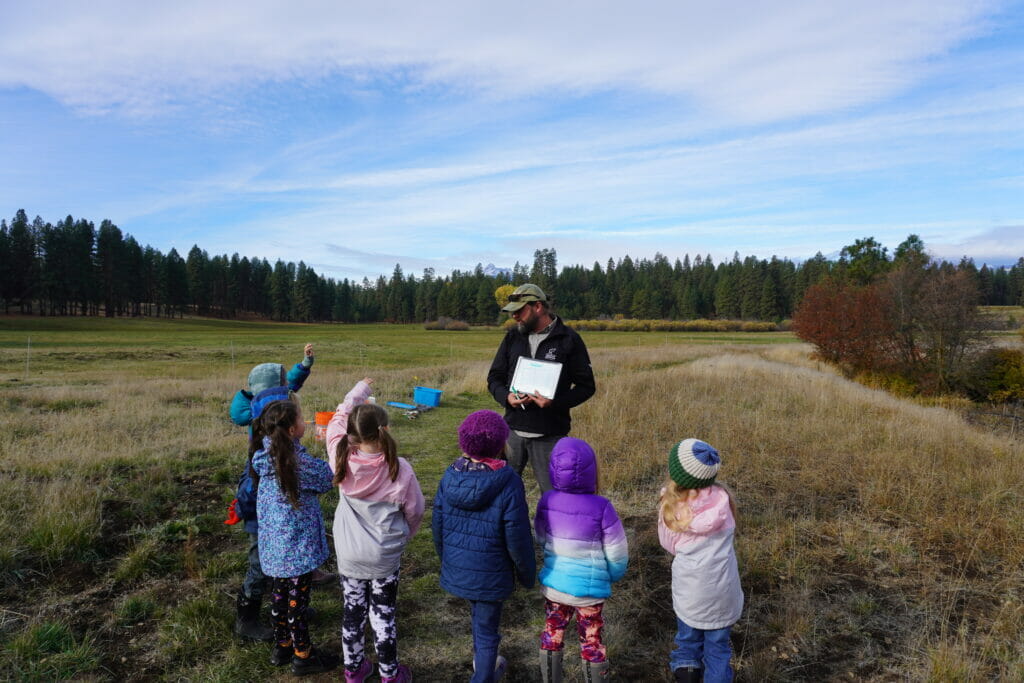
Darek has worked with TU for almost 14 years, focusing on projects with the Forest Service and providing field trips for local youth. He started the Upper Deschutes Home Rivers Initiative with the vision of improving native fish habitat and engaging diverse regional communities in Central Oregon. His worked expanded and found a permanent home as the Headwaters Pacific Northwest Program. In 2022, Darek engaged nearly 1,400 students and led numerous restoration projects in partnership with private landowners, state and federal agencies and local volunteers and organizations.
The House on Metolius Restoration Partnership
Among the hustle and bustle of the popular river sits a 200-acre property called the House on Metolius. With views of the Cascades and the free-flowing Metolius, the property is a scene out of a magazine. Within its boundaries, over 100 natural springs bubble up from the ground and provide cold, clean water for the mainstem Metolius, doubling the river’s volume by the time it flows out of the property’s northern end. These springs maintain a water temperature in the low 40s year-round.
In the early 1900s, anglers traveled from the West Coast’s major cities to fish on the property. One of those visitors, John Zehntbauer purchased a portion of the estate in the late 1920s and nearly a century later, the property is still owned by the Lundgren family, descendants of Zehntbauer. In 2010, the family opened the estate to the public as a quiet nature retreat away from Bend and other busy central Oregon towns. Since then, several guest cabins have been built on the property offering easy access to angling, birding, hiking and serving as a peaceful venue for weddings, family reunions and other gatherings.
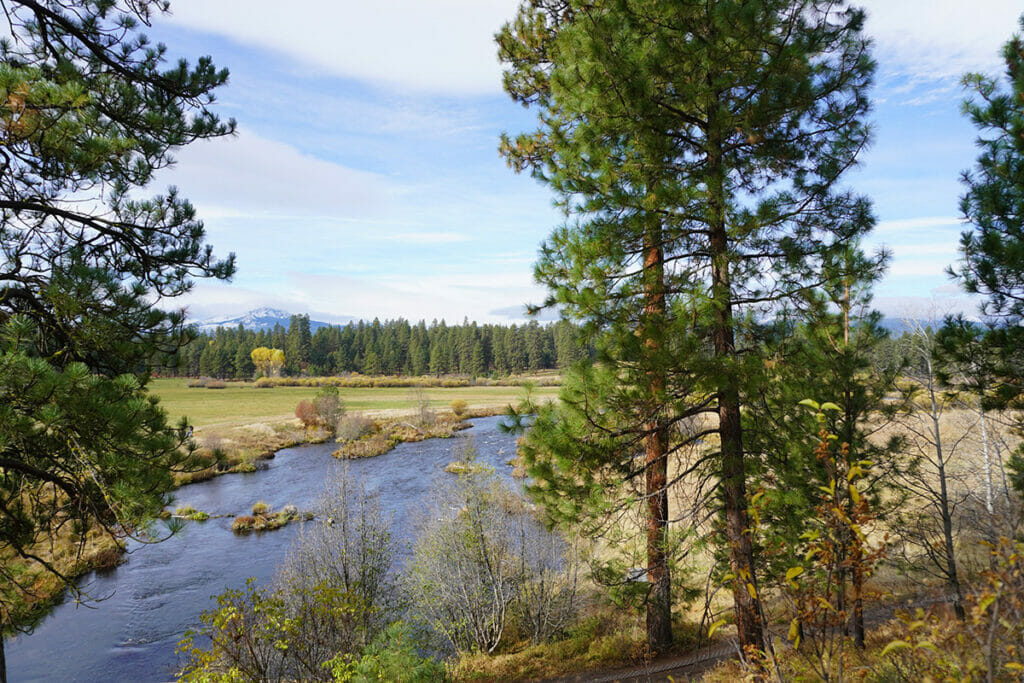
When Darek and Tor Lundgren’s paths crossed last winter, it seemed like a no brainer that the two would team up to create a stewardship project that engaged local youth and bolstered the property’s riparian areas to benefit a diversity of wildlife and provide resilience against the changing climate.
In 2022, TU and the Lundgrens worked together to provide six field trips for three regional public schools. Over 130 students explored the springs and river habitat on the property in small learning groups and received lessons on the salmon life cycle and river restoration. With the guidance of Darek Staab and agency experts, the students planted milkweed along the banks of the Metolius to support endangered monarch butterflies while also learning about the importance of ecosystem health for fish and wildlife.
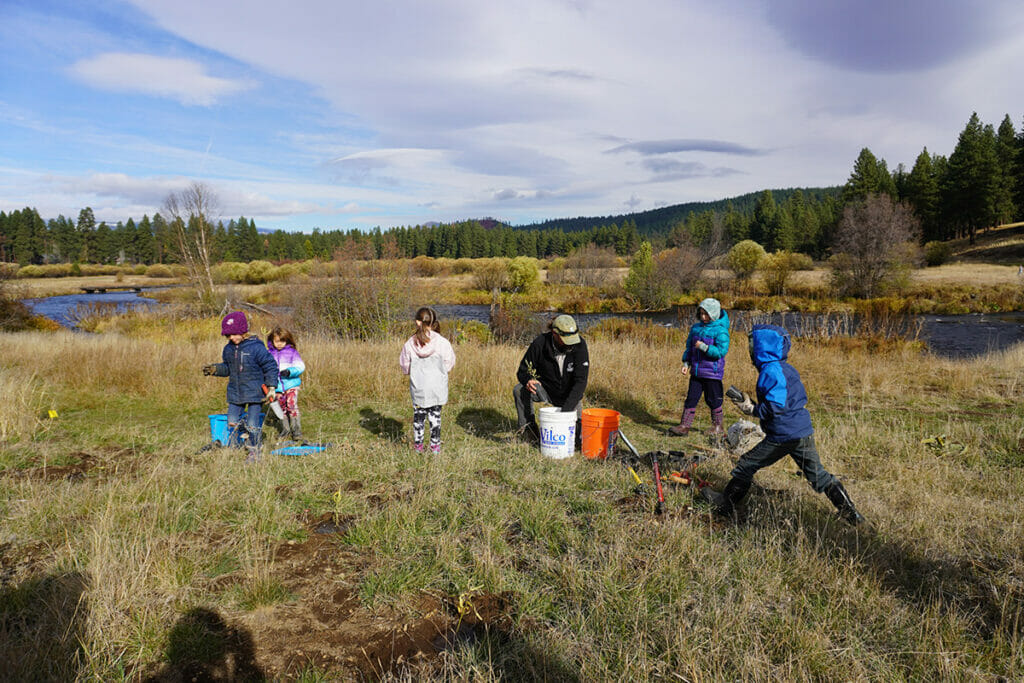
“We really appreciate the collaboration with Tor and his family, and their willingness to share such an important section of the river with local students. The property is beautiful, but I really admire the family’s effort to consider how the habitat can be even better for the insects, fish and wildlife that support the entire ecosystem for today and the future,” said Darek Staab.
TU and Partners Address Basin-Wide Restoration Needs
While the new collaboration at the House on the Metolius is certainly exciting, Darek’s work to help protect this Central Oregon ecological stronghold has been ongoing and extensive throughout the watershed. TU volunteers from the Deschutes Redbands Chapter have supported and participated in this important work for years.
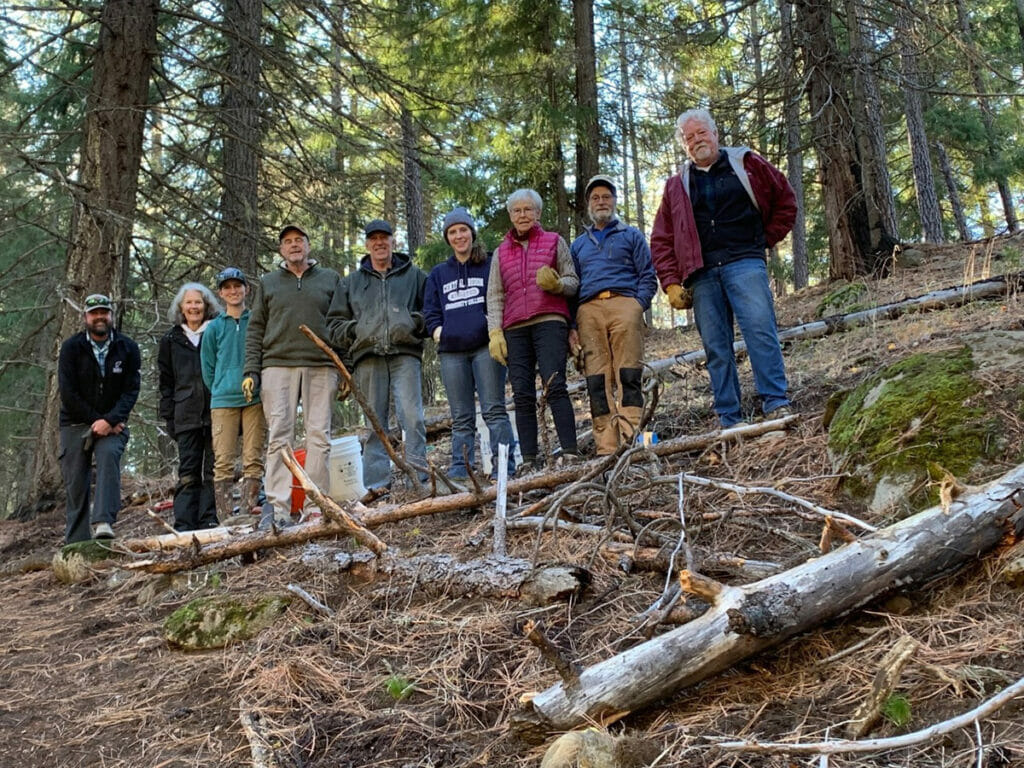
Since 2011, TU has partnered with the Deschutes National Forest, Friends of the Metolius, and Caldera Arts to care for over thirteen miles of the Metolius system. Through a unique partnership with Forest Service trail crews and fisheries biologists, they repaired 70 degraded access sites along the river to protect water quality and conserve vegetation and cover for fish.
Recently the partnership improved spawning and rearing habitat in the upper Metolius by placing over 80 logs in Link Creek, a tributary where sockeye salmon historically returned, and kokanee salmon currently flourish. This important spawning habitat supported one of only two native populations in the state of Oregon, and a fish passage barrier was removed a few years earlier. The fish are now just downstream, with the potential of once again fully utilizing this reconnected, and improved, habitat to rebuild their population.
This past fall, the partners also worked to address the recent impacts from heavy recreation use during the pandemic. They closed illegal roads and fixed erosion problems along the river. Working together, TU, Deschutes National Forest and Friends of Metolius are prioritizing problem spots along the river in need of planting and protection, making sure to preserve water quality and a safe upstream and downstream migration corridor for salmon and resident trout.
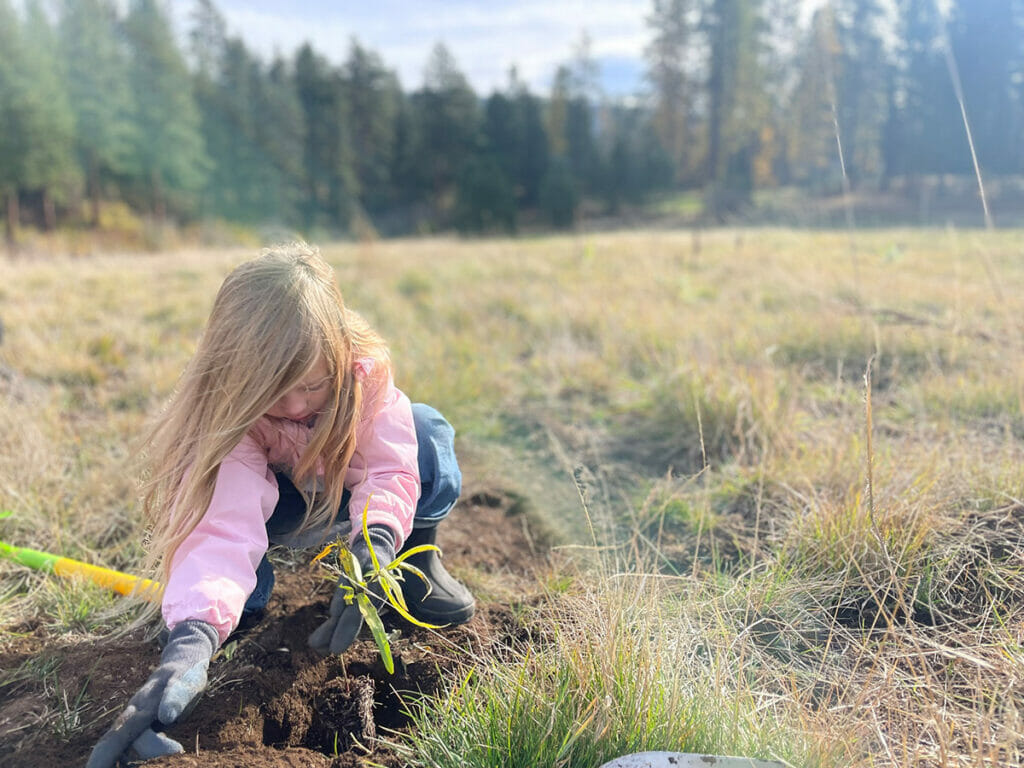
Work Continues on the Metolius in 2023
With spring around the corner, the snowpack in the Cascades will soon begin to melt and trickle down into the region’s basins. Oregonians will follow suit, transitioning away from mountain snow sports to walking and wading along beloved rivers like the Metolius.
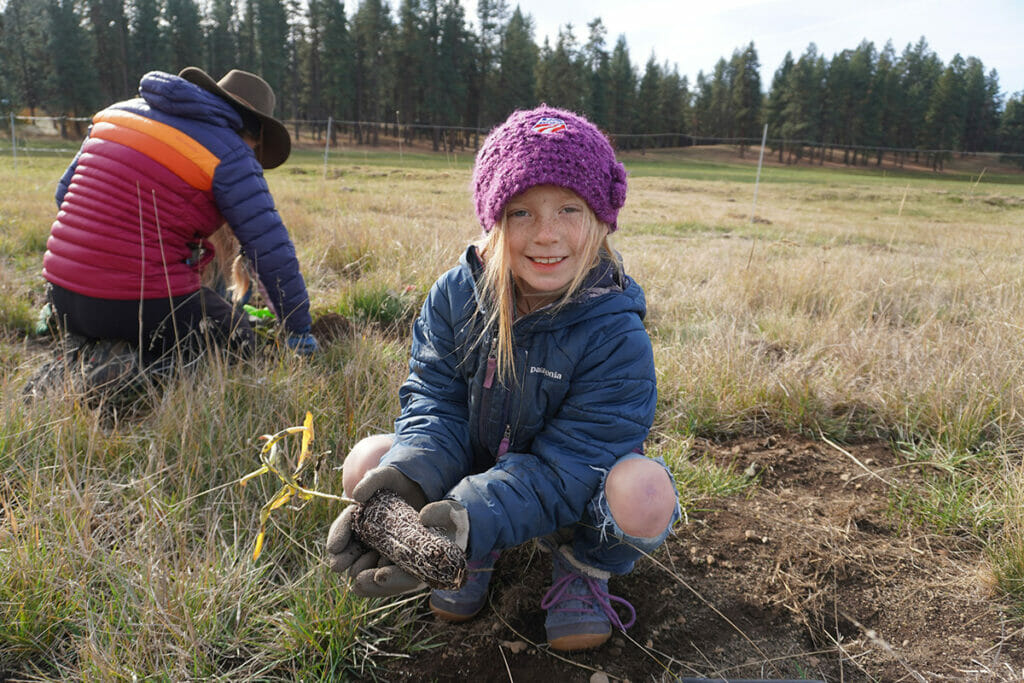
In 2023, TU will pick up where it left off in the watershed. Darek and his partners have several projects planned throughout the basin during the upcoming season. In the upper basin, TU will continue to work with the Deschutes National Forest and Caldera Arts to monitor salmon spawning and rearing in Link Creek and share the ecological importance of salmon with the diverse youth visiting that property. Along the mainstem of the Metolius, TU will work closely with Forest Service staff and volunteers from the Friends of Metolius to continue restoring degraded habitat. This work remains important because another year of heavy recreation traffic is expected along the popular river.
Stay tuned for more updates on those projects.
To learn more or get involved with TU’s work along the Metolius River, or donate to similar restoration and education projects in Central Oregon watersheds, contact Darek Staab at: darek.staab@tu.org



